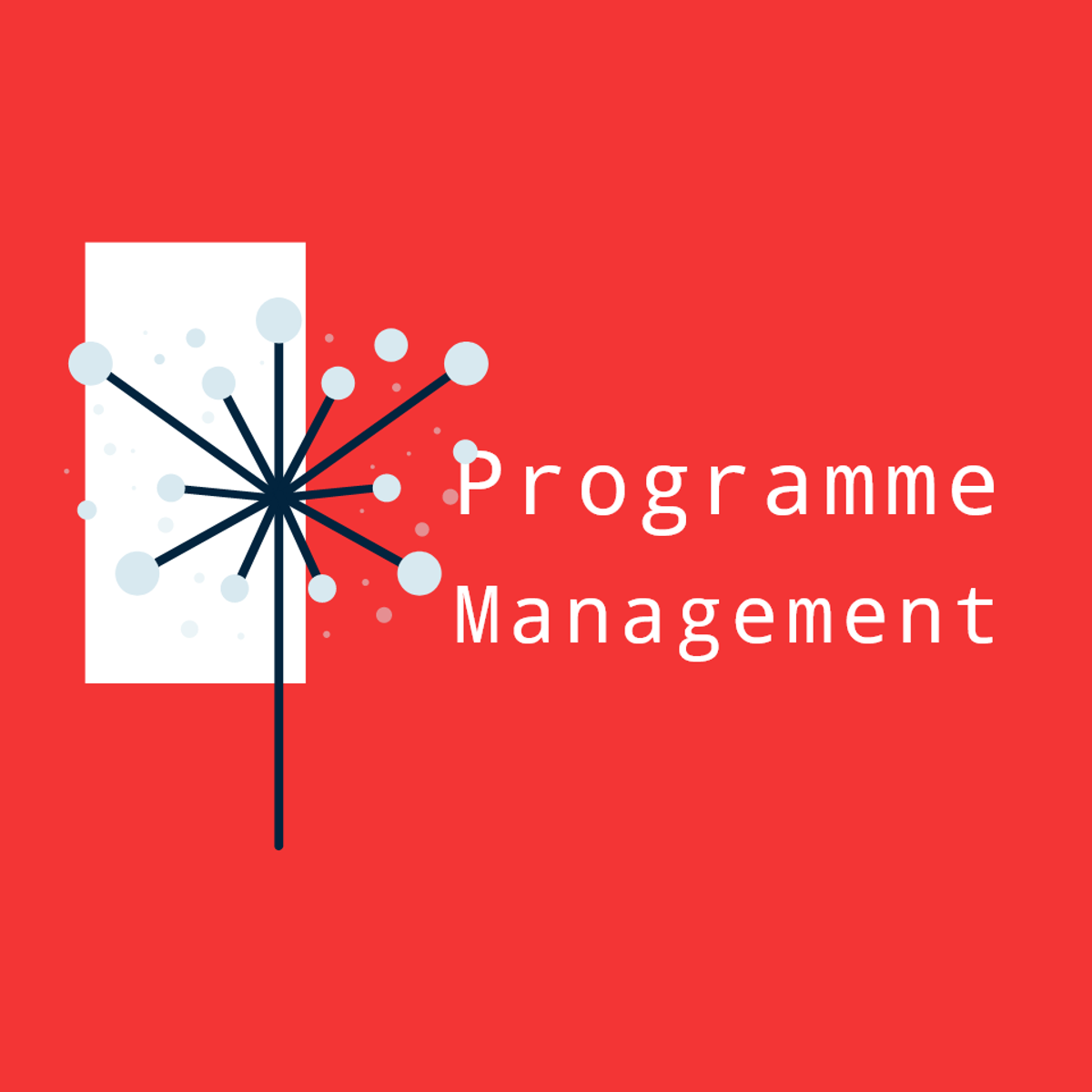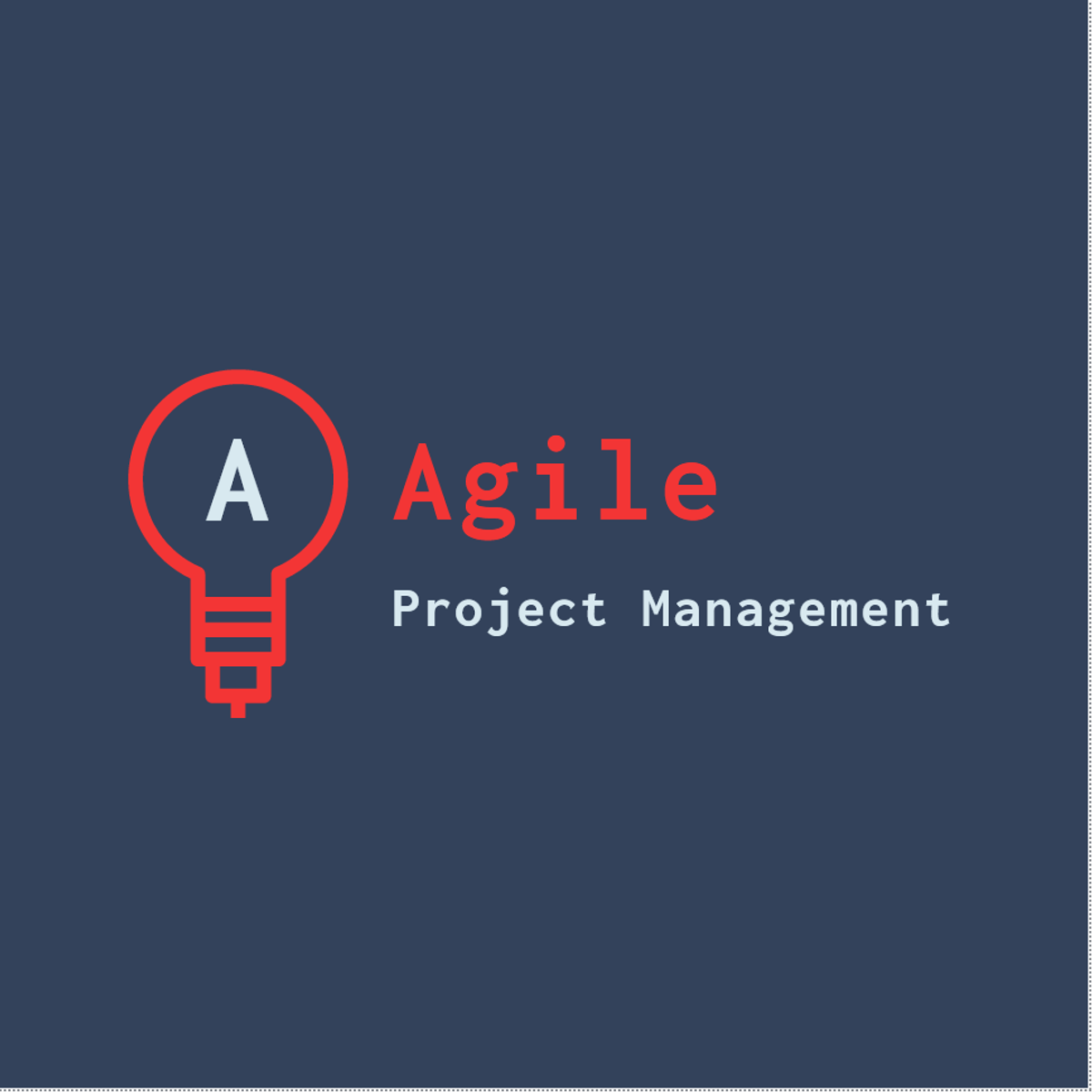Back to Courses









Business Strategy Courses - Page 53
Showing results 521-530 of 543

Validating Your Strategy with Market Opportunity Navigator
By the end of this guided project, you will able to design and analyze the three important steps that are necessary for assessing your innovation’s market opportunities. You will know how the market opportunity navigator answers one of the most difficult questions any aspiring entrepreneur or innovator must ask: “which target market should I serve”? We will use the spreadsheet to sketch the market opportunity navigator, and conduct the analysis by working through the three worksheets. You will learn how to strike the delicate balance between focusing on a primary market and keeping selected options open for backup or growth. Then you will use the model to innovate as you determine how to harness the most attractive market. We will work you through each of the process of the navigator with our startup venture as that would enable is to practically demonstrate its application. This project is for entrepreneurs and innovators who want to understand how determine the right market for their innovation. By the end of the project, you will be able to design and analyze the market opportunity navigator, and also understood why it is a strategic tool for planning, reflecting, and adjusting.
Business Transformation with Google Cloud
What is cloud technology or data science and what’s all the hype about? More importantly, what can it do for you, your team, and your business?
If you want to learn about cloud technology so you can excel in your role, help build the future of your business and thrive in the cloud era, then the Business Transformation with Google Cloud course is for you. Through this interactive training, you’ll learn about core cloud business drivers—specifically Google’s cloud—and gain the knowledge/skills to determine if business transformation is right for you and your team, and build short and long-term projects using the “superpowers” of cloud accordingly. You’ll also find several templates, guides, and resource links through the supplementary student workbook to help you build a custom briefing document to share with your leadership, technical teams or partners.
Primary Audience:
Business decision-makers: directors (managers of managers), managers of individual contributors (ICs) or ICs working in non-IT functions/divisions (such as finance, marketing, sales, HR, product design) interested in understanding the applications of Google’s cloud technology for business improvement opportunities and transformational project(s).

Developing Advanced Programme Delivery Framework in ClickUp
By the end of this guided project, you will be fluent in creating Programme framework for the Delivery Phases for diverse programmes. You will utilise a logical diagramming plan in an agile environment to develop the solution. This will enable you to identify and classify the required process for programmes and the functionality of domains involved in such complex undertaking. Furthermore, it will help develop a structural model for learning about the field of Programme Management.
If you are interested in building up the knowledge leading to this guided project, the following is the link to:
[ Developing Programme Management Blueprint with ClickUp]
https://www.coursera.org/projects/program-blueprint
[Advanced Programme Planning Phases Framework in ClickUp]
https://www.coursera.org/projects/program-advanced-planning
This Guided Project is essential for individuals wanting to learn about the field, or looking to transition into working in Programme Management. This guided project is designed to engage and harness your visionary and exploratory abilities. You will use proven models in an agile environment with ClickUp to engage in a hands-on learning experience.

Fashion Systems
The fashion business has grown from the storied Parisian houses of the early 20th century into a global phenomenon. It is highly complex, multi-faceted, and undergoing reinvention. In this course, you will learn about long-standing factors that impact the existing fashion system such as consumption, inclusion, and labor. You’ll explore the “slow fashion” movement, look at holistic and human-centric product development strategies, and build a brand story with core values at its heart. Finally, you’ll consider sustainability and environmental responsibility throughout the fashion design and production processes.
In this course, you'll be learning from the following Parsons faculty and industry experts:
- Laura Lanteri, Parsons Faculty, Creative Director/Founder, LLNY
- Lucy Jones, Parsons Faculty, CEO, FFORA
- Amanda Hallay, Fashion Historian, Author & Consultant
- Sydney Price, Parsons Faculty, Founder/CEO, The Knew Purpose

Choosing a Facebook Post Type Based on Desired Engagement
By the end of this project, you will have a better understanding of how to Choose a Facebook Post Type Based on Desired Engagement.
Learners will take an in-depth look at how Facebook can be strategically incorporated into overall marketing efforts. This project will help learners develop a deeper understanding of how to best set Facebook marketing objectives, define target audiences, and set desired engagement levels in an effort to choose specific post tones and types that will best meet overall goals. Having this knowledge will allow learners to more easily craft and adapt their posts to get the most out of their Facebook marketing strategy.
Note: This course works best for learners who are based in the North America region. We’re currently working on providing the same experience in other regions.

Process Improvement: a Kaizen Event with Google Slides
During this project, we will be working together to create a Kaizen Event for a warehouse worker and walk through the steps together to improve their daily workflow. By the end of this project, you will learn how to Create a Google Slides presentation and define Kaizen, create a process map, create a 5W and 2H root cause analysis, implement the improvements, and create an impact analysis of the Kaizen event.
Note: This course works best for learners who are based in the North America region. We’re currently working on providing the same experience in other regions.

Fundamentals of Organization
Organization is a fundamental theme to understand the real functioning of each company or, more in general, of any institution, and it is part of the basic know-how of each manager. Organization design implies decisions on how work is subdivided and how coordination between the various activities and people who autonomously perform them is guaranteed. Moreover, organization design is willing to consider also the interdependences between people daily activities (namely processes): in fact, processes are the real lever to achieve organizational efficiency and effectiveness. Lastly, organization design should also consider how people and units take their decisions, given that organizing and deciding are two central and complementary activities of the managerial function.
To achieve these goals, this course aims at explaining you the main concepts of organization, with a strong practical orientation: illustration of typical organizational problems through real corporate examples will be used. But a solid theoretical background is provided as well: the main theories behind organizational design will be used to dig into the main areas of investigation.
The course investigates three main areas:
the analysis and design of a proper organization, at the micro level (individual) and at the macro level (group of multiple individuals);
the analysis of how to effectively manage processes, in terms of activities, performance and principles;
the analysis of how to rapidly take decisions, in terms of process, constraints, models and game theory approach.

Business Metrics for Data-Driven Companies
In this course, you will learn best practices for how to use data analytics to make any company more competitive and more profitable. You will be able to recognize the most critical business metrics and distinguish them from mere data.
You’ll get a clear picture of the vital but different roles business analysts, business data analysts, and data scientists each play in various types of companies. And you’ll know exactly what skills are required to be hired for, and succeed at, these high-demand jobs.
Finally, you will be able to use a checklist provided in the course to score any company on how effectively it is embracing big data culture. Digital companies like Amazon, Uber and Airbnb are transforming entire industries through their creative use of big data. You’ll understand why these companies are so disruptive and how they use data-analytics techniques to out-compete traditional companies.

Valuation for Startups Using Multiple Approach
In addition to discounted cash flow method, multiple method is one of the most popular methods of firm valuation. PER is often used among financial professionals to make a quick-and-dirty estimate of a firm value. In this course, you are going to learn the concept and usage of PER, PBR and PSR. In addition to these basic multiple ratios, you are going to learn how to make an estimate of enterprise value and founder’s ownership before and after additional funding. Startups require a number of financings before IPO. After taking this course, you are going to be able to answer questions such as What the price per share should be given the startup’s estimate of earnings in the future; How many shares the founder should give up to raise additional capital; and so on? In the discounted cash flow method and multiple method, you are always given earnings or cash flows to make estimate of firm value. In this course, you are also going to learn how to generate cash flows or earnings from the financial statements. After taking this course, you will be able to understand the meaning of financial statements such as balance sheet, income statement and cash flow calculation.

Agile Projects: Developing Tasks with Taiga
By the end of this guided project, you will be fluent in creating tasks for Agile projects based on previous project phases. This will enable you to identify "How" the customer/user will experience the product or service. You will learn how to encapsulate value for the customer in these tasks.
This is essential for generating positive results for your business venture. Furthermore, this guided project is designed to engage and harness your visionary and exploratory abilities. You will use proven models in Agile Project Management with Taiga to shape the development roadmap of products and services.
We will practice critically defining how user stories become valuable tasks for creating functionality for products and services.
Popular Internships and Jobs by Categories
Browse
© 2024 BoostGrad | All rights reserved


